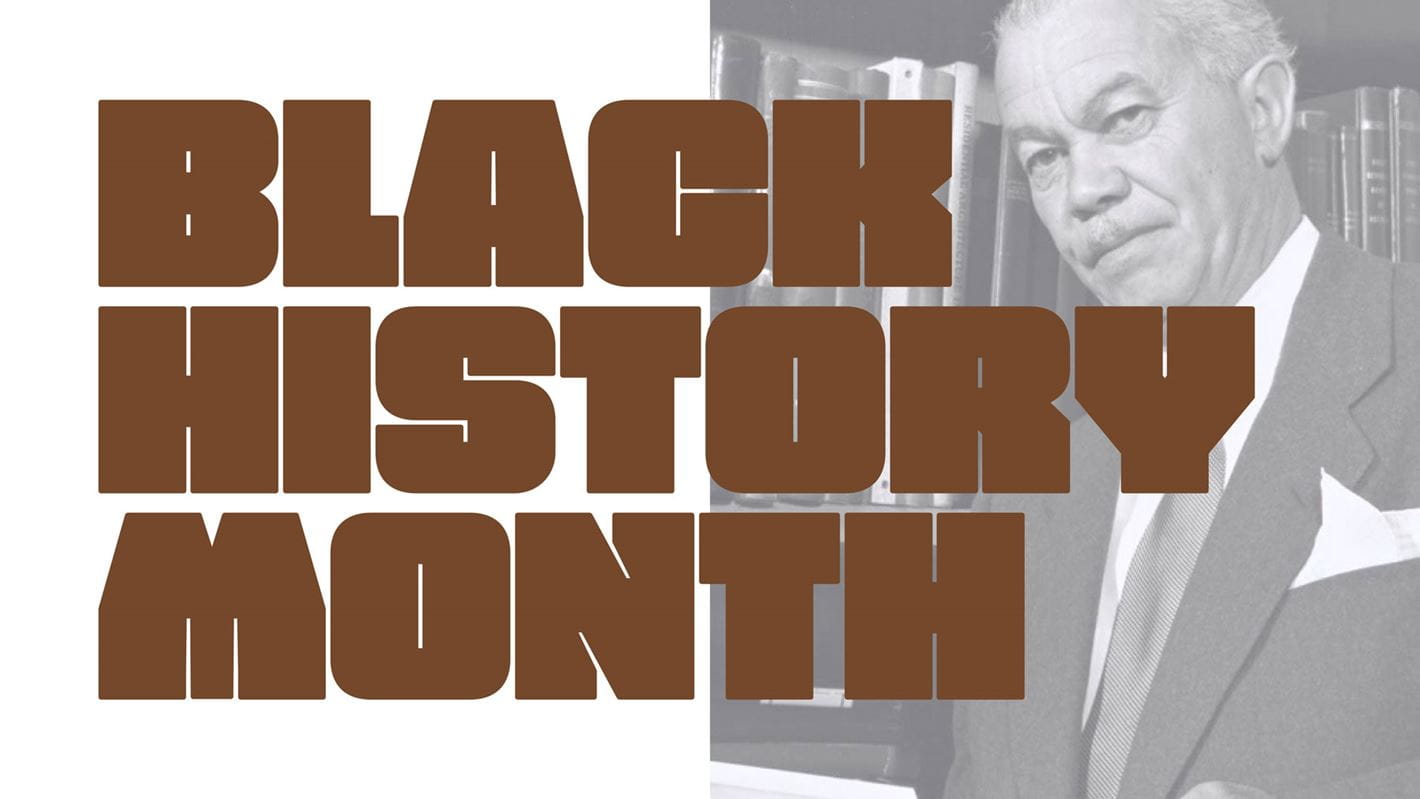Black History Month: Architecture

This fourth instalment of our BHM content series showcases the work of great Black architects. Creativity is part of our everyday lives. It’s our passion, our raison d’être. For Black History Month, we’re taking the opportunity to celebrate this community’s rich artistic and creative heritage. Every week in February, we’ve honoured the work of Black creators in fields that are near and dear to our hearts. As past articles covered visual arts, literature and technology, this one presents great creatives in the field of architecture.




